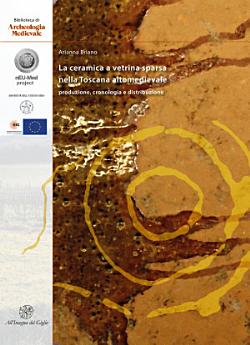La ceramica a vetrina sparsa nella Toscana altomedievale – produzione, cronologia e distribuzione
About this ebook
The sparse glazed pottery is a single-fired glazed ceramic class which has not been studied in Tuscany due to the general lack of archaeological finds. The volume presents the “case study” of the castle of Donoratico (LI), which has returned a truly exceptional quantity of sparse glazed ceramics. In addition to the study of this context, it has been analysed also the sparse glazed ware from other Tuscan sites located in the area investigated by the larger ERC Advanced nEU-Med project: Origins of a new economic union (7th-12th centuries): resources, landscapes and political strategies in a Mediterranean region. Thanks to this project it has been possible to carry out a large number of archaeometric and absolute dating analyses. The methodological line followed was twofold: on the one hand a traditional humanistic and taxonomic study approach and on the other a more technical and scientific one that made use of archaeometric analyses. The study of Tuscan single-fired glazed ceramics made possible to provide new taxonomic and technological data on the production of sparse glazed ware and to refine its chronologies by producing new data for the reconstruction of the economic and social history of Early Medieval Tuscany.







